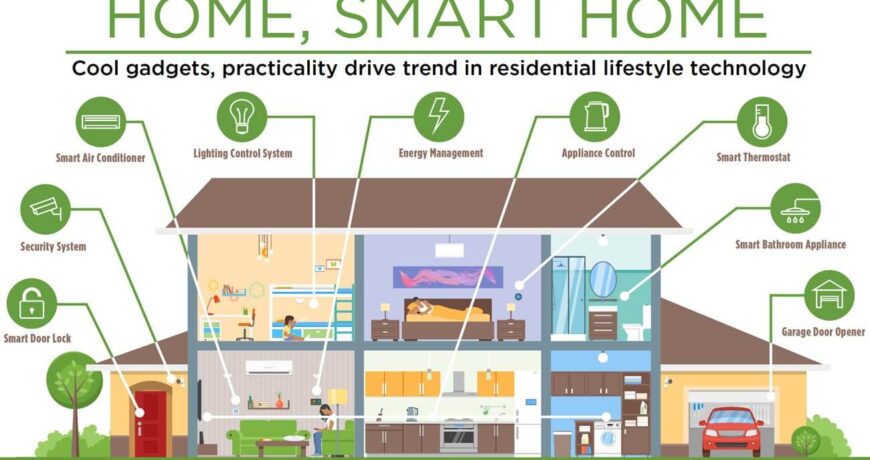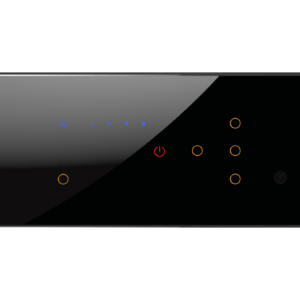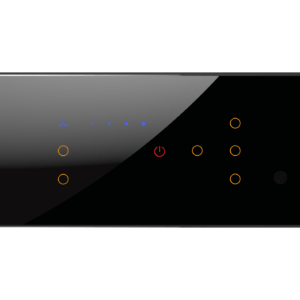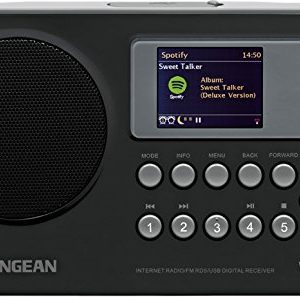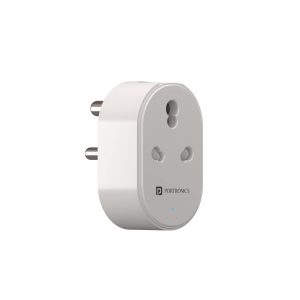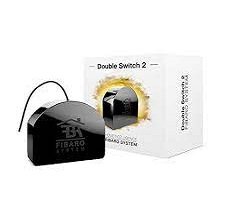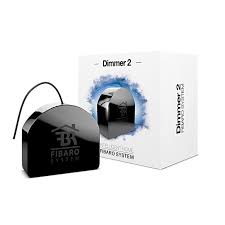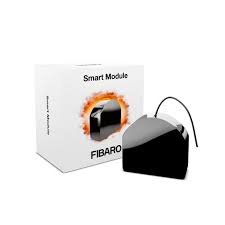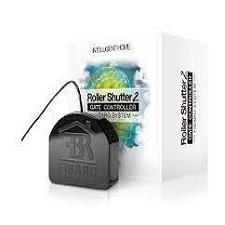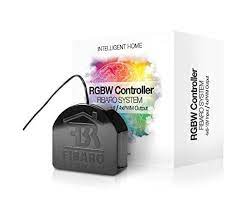No products in the cart.
What is a smart home?
Smart home is a concept about home automation, but it usually refers to a system made up of software applications, smart devices and cloud services (for example, the service providing the real-time local weather info), which are connected via a home network and can run automatically. Using this system, we can manage our home more efficiently and simply and make our life much easier and more comfortable.
For example, you can turn off the light through the smart home system rather than press the switch on the other side of the room by yourself, or you can check who is knocking on your front door through the App rather than go downstairs in person. After leaving home for work or long vacation, you will not worry too much about your properties because you know your home is safeguarded by this system. Besides, you can use the real-time camera to check what happens in your house at any time.
How it works?

Before understanding the smart home, I’d like to introduce the Internet of Things (IoT) first.
The Internet of Things (IoT) refers to a system of interrelated, internet-connected objects that are able to collect and transfer data over a wireless network without human intervention. The personal or business possibilities are endless.
When applied to our home life, IoT becomes the smart home. Technically speaking, therefore, smart home is a part of IoT, focusing on managing our home.
Let’s get back to the original topic. The smart home consists of three key parts that can’t be ignored, namely smart device, home network, and cloud service.
Smart Device
Smart device can be classified into functional and management devices by purpose. Typical functional devices, such as locks, lights, thermostats, and other household tools, are similar to conventional ones, except network connections and built-in sensors. Different from these functional devices, management ones are responsible for supervising and integrating other devices, which is like the relationship between the brain and the body. And the network is the nervous system. Common management devices include smart phones, smart hubs, and smart speakers.
Home Network
Home network is the foundation of the smart home system. Smart devices shall be connected to the home network so that they can send or receive information, command each other and work as one system. There are many protocols we are using today, and people are still developing new techs to improve the existing protocols or even adding new ones. The most common protocols include Wi-Fi, Bluetooth, Z-Wave, ZigBee, and Thread, of which the first two ones have been used by us for a long time since Bluetooth 4 provides the BLE feature spec design for IoT devices. However, Z-Wave, ZigBee and Thread are spec IoT techs for purposes of low-energy cost, small-data transfer, and mesh self-network.
Cloud Service
Cloud service, though often ignored, is very important because it provides the external information for the smart home so that things can run correctly. It is like the real-time local weather service mentioned above. For example, if it’s going to rain, the sprinklers will not water the lawn. However, if the rainwater is not sufficient, we need to water the lawn additionally base on the rainfall calculation to avoid overwatering. Another important function of the cloud service is remote control. Different from the TV remoter, this remote control will make you manage your home from thousands of miles away.
The following diagram shows how the smart home works:
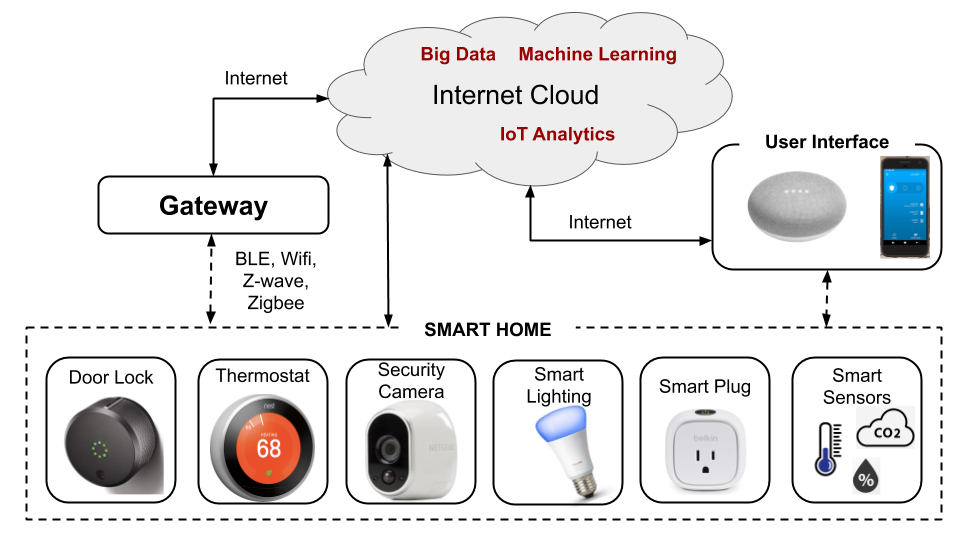
Work pattern
Now, we know the elements of the smart home, but do you know how they work together? Let’s explain the scene with a case called “Pre-cooling room in summer”.
On a midsummer afternoon when the outdoor temperature is very high, you are driving back home. The HVAC system begins to cool the room when you are two blocks away. Thus, when you arrive home, you will feel cozy.
Although this scene is more complicated in real life, it still follows the “Trigger + Action” mode. “Trigger” defines the condition under which a scene is triggered. This condition may be time frequency, or event, or both. “Action” means what you want the device to do. The actions may happen simultaneously or sequentially. In many smart home systems, the “scene” is used for automation. Although it may be named differently elsewhere, it basically refers to the same thing.
Take the above “Pre-cooling room in summer” as an example:
Trigger/Condition:
#1 – The room temperature is above 76°F (receiving data from Room temperature sensor).
#2 – You are five miles away from home (receiving GPS data from Smart phone + Geofencing setting).
Action:
#1– HVAC starts to work.
Advantages of the smart home system
Manage everything in one place
Once you connect all your smart devices to a home hub, you can manage them through the App on the mobile device, or through the voice command on the smart speaker. You don’t need to walk around to check the devices in your house because you can see their state in the User Interface (UI). Besides, you can check the real-time information, such as current temperature, humidity, and daylight sensitivity, through real-time video, or check the daily events and videos to know what happens when you are absent.
Generally, the device provides convenience through the Smart Home Hub or the Smart Speaker with hub features, such as Amazon Echo, and Google Home. Every smart device can be connected to it, and it will send/receive data to/from others. We can manage all smart devices in one place with the smart phone or the tablet as a terminal device.
Away-From-Home Control
We can’t imagine what the life will be without internet because the internet has affected our life deeply. For example, we can search for information or keep contact with other people over the internet. Besides, with internet and smart home technologies, we are able to manage our home anywhere in the world. For example, if my friends get to my home earlier but I’m still on the way, they can use the smart doorbell to call me. After confirming that they are my friends, I will open the door rather than keep them silly waiting outside.
For those who are concerned about privacy and data security, this will be a risk since hacker may have a chance to control the system. In my option, we must pay attention to this risk, but it’s not necessary to overthink it. After all, the bad guy needs to break the Wi-Fi network first. Perhaps, the real problem is the default admin account with a weak password. If you still doubt it, you can use the device locally or do not use it to eliminate the risk.
Flexible and automation
You can add the device into the smart home system to enable new features, or to replace some for enhancement, or to remove some for any reason. With this system, you can set the routine, schedule, notification and alert, handle various tasks at different times, and create your own lifestyle. In a word, you can do whatever you want. Sometimes, the only limitation is your imagination.
Better life experience
If you leave the front door unlocked at night, the alert on your phone will be triggered to remind you, and the door will be locked automatically. You don’t need to worry about whether the lights are still on after leaving home, because you can turn them off remotely.
The biggest reason we use the smart home system is that it greatly improves our home life and enhances the safety, convenience, comfort, energy-efficiency and management to a higher level. This tireless housekeeper can keep everything in order for 7*24 hours, which significantly reduces our burden and simplifies the management. Therefore, you will have more time for other things. However, you are still the boss, and you can control everything anytime and anywhere as long as you need.
Cost reduction
According to the calculation by Fraunhofer Institute, the smart home control can reduce the heating cost by 40%.
The key to energy-efficiency for a smart home system is to run things as needed so as to avoid the unnecessary energy cost. However, how do we know when we “need” it and what we “need”? Different people have different needs. You can’t buy a bunch of smart devices and expect them to work for you automatically. They can’t work like that. You need to make your own rule and adjust it according to the result. Then, you will find a balance between the cost and the need.
Specifically speaking, you can track the current energy usage first, and then analyze the data according to your lifestyle to figure out when the device should be turned on and how much output it needs. Second, you can create some scenes to reduce the waste, and then check whether the usage rate drops and whether you feel uncomfortable a few weeks later.
Another hidden advantage is that the device will have a longer service life if it is set properly. After all, depreciation is part of the total cost.
How to build a smart home?
Typically, you have two options to get the work done. Option#1: Submit your requirement to a smart home company and wait for the quote. This option is applicable to new-installed houses or large-scale home changes. You don’t have to work in person, but that may cost a small fortune. Option#2: DIY. This is a popular choice for people who are facing small-scale changes or those who know and believe the IoT. If you want to build things by yourself, you can save a lot of money and enjoy the accomplishments.
If you decide to build a smart home system by yourself, you can refer to the following steps to “do more with less”.
What goal you want to archive?
Make your goals as clear as possible, and try to break long-term goals into small and realistic ones.If there is anything you are unclear or doubtful, try to figure it out first. Otherwise, it may become a real problem in the process.
Please think about the following questions:
- What features do you need most?
- How much can you afford?
- Can the device/system meet your demands?
Check smart device you already have
Start with your network, and figure out which generation of Wi-Fi it supports and whether the Wi-Fi signal is strong enough in the place where the new device is located. If you already have a home hub/smart speaker and want to use it to control the new device, please check the compatibility list. Compatibility is a common issue in the process.
Keep the old device for a while
Before using the device, you should have a backup plan just in case. For example, if I replace the conventional thermostat with a smart one, I should keep the old one for a while in case I want to change it back when the new one doesn’t work or doesn’t work as I expect.
Have faith to overcome the difficulty in process
You may encounter some problems during the process, such as failure of the device, Wi-Fi connection issue, or disconnection with the smart speaker. Under such circumstances, you don’t need to feel angry or frustrated because these problems are very common. Usually, you can solve them or find the reason quickly. Don’t give up easily.
Read the user manual carefully, and check if anything is missed. Ask the support for help, and let the pro check whether the device is damaged. Or you can write down your question in community to find the solution. If neither is feasible, you can replace it with a more suitable smart device. Remember that you are getting rid of problems rather than making new ones.
Tips for beginner
There is no absolute “right” solution to build your smart home system, but there are a few things you should keep in mind.
- Network is the most important.
- Ethernet is better than Wi-Fi.
- Get a Smart Speaker/Home Hub
- Buy a popular/common device.
- Join the community.
- Check the regional restriction of the smart device, especially when you are not in North America.
Resources
Glossary
Cloud service:
A cloud service is any service made available to users on demand via the Internet from a cloud computing provider’s server as opposed to being provided from a company’s own on-premises servers.
Most common wireless protocol we use today, until today it developed 6 generations: Wi-Fi 1 to Wi-Fi 6. Work Frequency at 2.4 GHz or 5 GHz.
Bluetooth is a short – range and low-cost technology for wireless communication, major use mobile device like smart phone, laptop, tablet etc. Latest version is Bluetooth 5.2. Work Frequency at 2.4 GHz.
Z-Wave is specialized design for Smart Home device, it has low-energy cost, low-transfer speed, low cost and self-mesh, a single Z-Wave network can support up to 232 units. Latest version is Z-Wave Plus. Work Frequency is 865(IN), 868.42MHz(EU) or 908.42MHz(US).
Very Similar to Z-Wave, it be designed for short-range and low-speed data transfer. Zigbee self-mesh network can support maximum 2^16=655536 units in theory. Latest version is ZigBee 3. Work Frequency is 2.4 GHz

